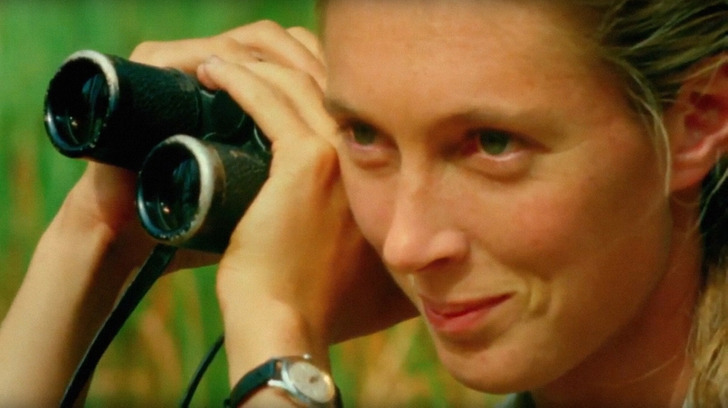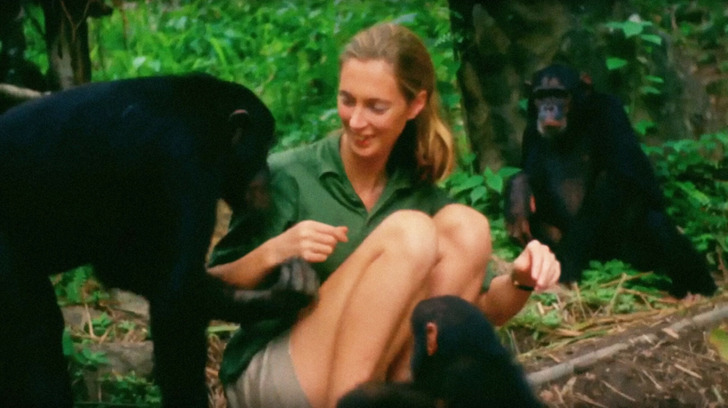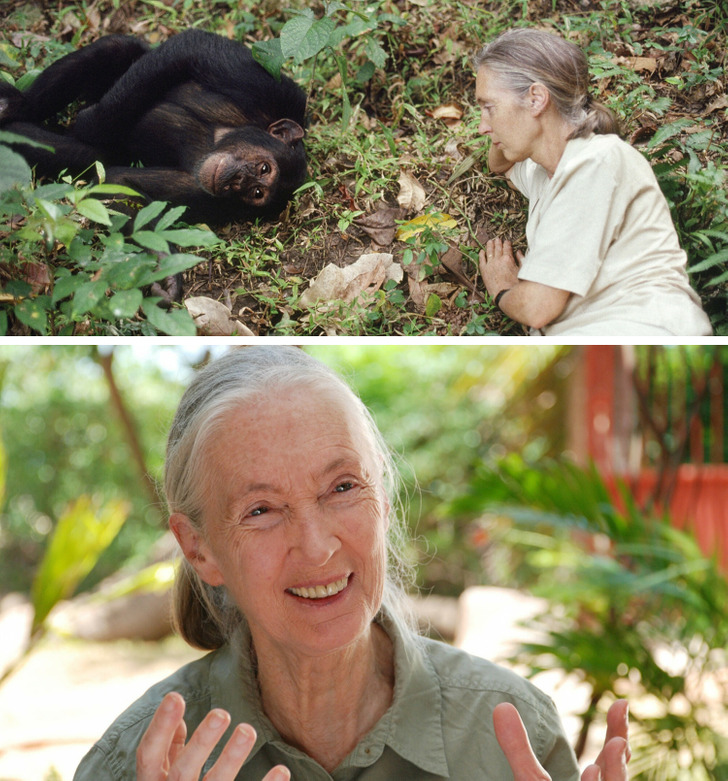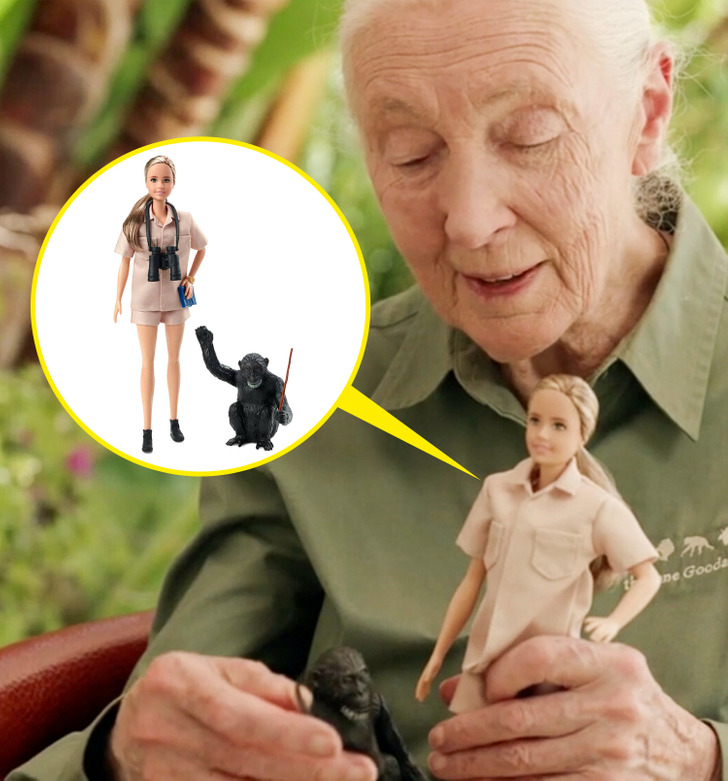Jane Goodall’s Story, the Former Waitress Who Proved Chimpanzees Are Extremely Brilliant Creatures
Fascinated by nature and chimpanzees, Jane Goodall did everything she could to fulfill her dream of living among these animals. Not only was she able to reach this goal, but she also became one of the most important names in the scientific community due to her remarkable discoveries.
5-Minute Crafts created this article with the inspiring story of the woman who has dedicated her life to these endangered species.
Jane’s early years

Jane Goodall, whose full name is Dr. Valerie Jane Morris-Goodall, was born in England on April 3, 1934. When Jane was around 8 years old, she fell in love with Africa after reading the Dr. Dolittle and Tarzan series, and her dream was to work with the species from her favorite stories. However, Jane couldn’t afford college after she graduated, so she chose to attend secretarial school and sharpen her typing, bookkeeping, and shorthand skills in South Kensington. Not willing to quit her dream, Jane took on a few alternative jobs, including waitressing. These would allow her to save enough money to reach her goal of living among wild animals.
In 1957, Jane traveled to Africa on a ship to visit a friend who lived in Kenya. Once there, she met Dr. Louis Seymour Bazett Leakey, a famous paleoanthropologist who offered her a position at the local history museum. After Jane worked there for some time, Leakey sent her to Tanzania to study wild chimpanzees at the Gombe Stream Game Reserve, now known as the Gombe Stream National Park. He thought she was the perfect candidate to study these animals as he witnessed her passion for nature and considered her lack of formal academic experience beneficial to working with an unbiased mind.
After finishing all the arrangements for the expedition, including permissions from the government, funds, and her own preparation, Jane finally arrived at the Gombe Stream Game in 1960.
Her work at Gombe Stream National Park

The first weeks at Gombe were difficult for Jane as she had to delay her work due to health issues. Once she recovered, she began her research by hiking miles through rough terrain and dense vegetation with the hope of spotting chimpanzees. However, she often did not succeed in this goal.
Finally, Jane found them and started watching an older chimpanzee, who she called David Greybeard. Since he was a high-ranking male in his chimpanzee community, other members also let Jane study them. During her research, Jane observed how David Greybeard used blades of rigid grass to extract termites from their holes. After witnessing such an incredible scene, she gave Dr. Leaky the news, to which he replied: “Now we must redefine ‘tool,’ redefine ‘man,’ or accept chimpanzees as humans.”
As she continued her work at Gombe Stream National park, she made 3 significant discoveries that questioned conventional scientific beliefs: chimpanzees are omnivores, and can make and use tools.
In 1962, along with Dr. Leaky’s help, Jane started a doctoral program even though she didn’t have an undergraduate degree. At Cambridge University, she would have differences with senior scientists regarding her methods for studying chimpanzees, like giving them names instead of using a numbering system and suggesting that these animals are emotional creatures with their own personalities. Despite this, Jane’s first book, “My Friends, the Wild Chimpanzees” was very popular, and she continued her research at Gombe Stream National Park for the following 20 years.
Her shift from scientist to activist and conservationist

After participating in a primatology conference held in 1986, Jane became an activist and conservationist. During the event, she noticed that deforestation was a common issue among the presenter’s study sites. In fact, Jane had already spotted some signs of this problem at Gombe Stream National Park, although it wasn’t very significant at the time. However, in the early 1990s, she boarded a small plane, flew over the park, and saw a much larger level of deforestation. After that, Jane realized she had to do something to protect the home of her beloved chimpanzees.
Her first goal was to improve the conditions for these animals at research facilities. Jane contributed to setting up shelters for chimpanzees after being freed from these facilities or for those who lost their families due to the bushmeat trade. In 1977, she founded the Jane Goodall Institute, a worldwide organization focused on community conservation. In 1991, Jane initiated the Roots & Shoots program, which invites young people around the globe to participate in projects that protect wildlife, their communities, and the environment.
Jane’s work nowadays and popular recognition

Jane has continued to raise awareness and funds to protect not only chimpanzees and their habitat, but also our own. She spends about 300 days per year giving speeches and encouraging business people and government authorities to support wildlife conservation and their endangered habitats.
Her work has been so outstanding that she has been honored in numerous ways, including a Barbie doll made from 75% recycled plastic.